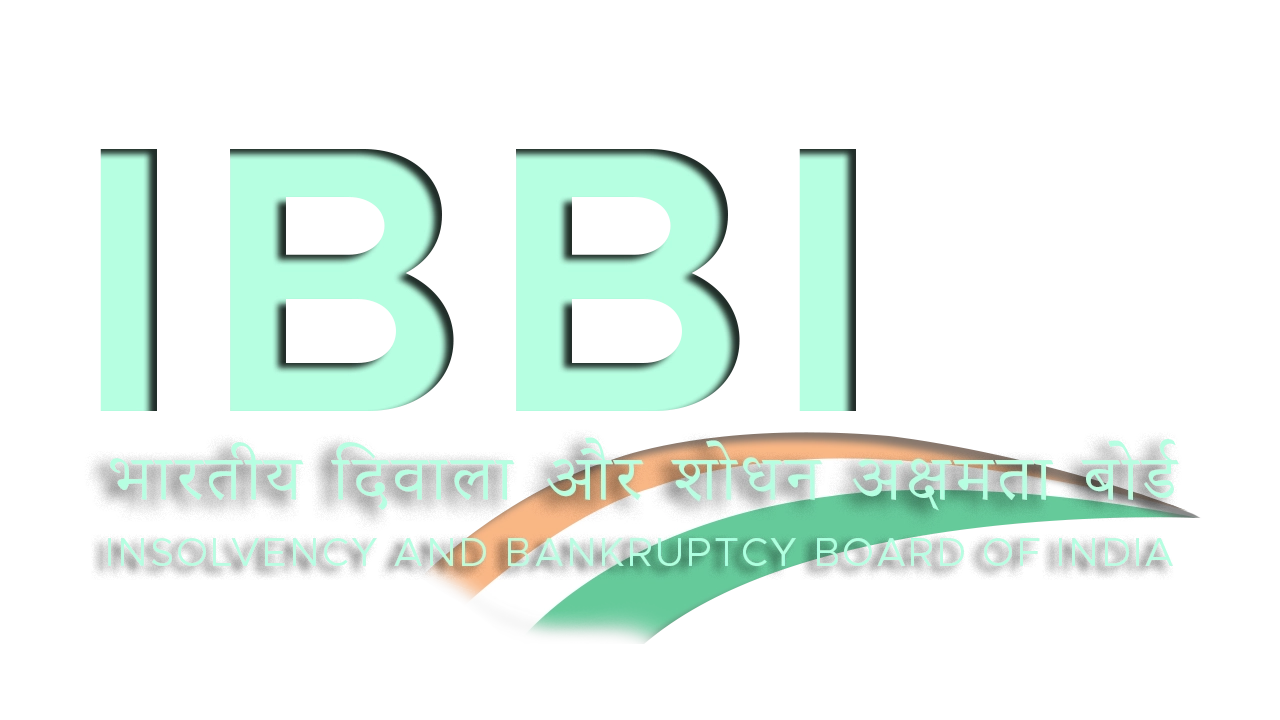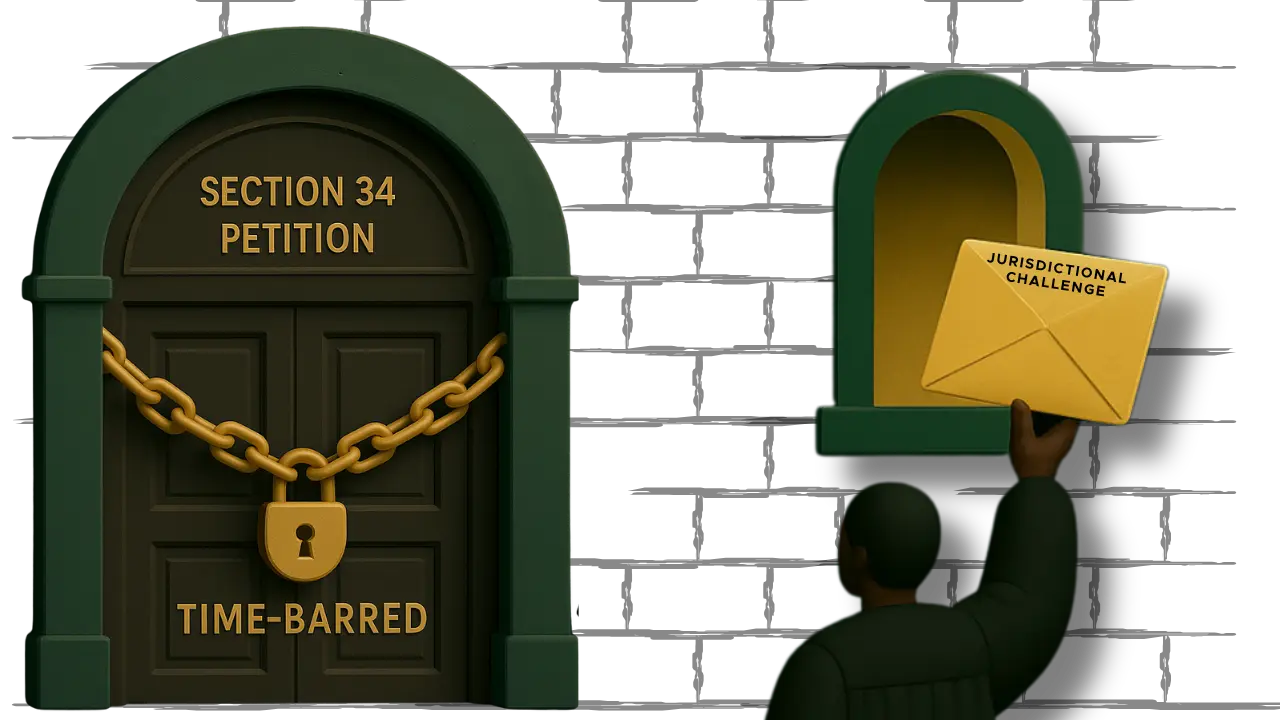Introduction
The Insolvency and Bankruptcy Board of India (IBBI) has taken a decisive step toward fortifying the integrity of corporate insolvency proceedings. On November 6, 2025, the IBBI released a Discussion Paper proposing mandatory declaration templates for beneficial ownership and Section 32A eligibility, marking a shift from discretionary disclosures to a standardized, verifiable framework.
This move directly addresses concerns that the “clean slate” immunity offered to successful resolution applicants could be misused by individuals with questionable backgrounds hiding behind complex corporate structures. The proposals seek to amend Regulation 38 of the CIRP Regulations to compel every Prospective Resolution Applicant (PRA) to furnish two key documents: a detailed beneficial ownership statement (Annexure A) and a sworn affidavit on Section 32A eligibility (Annexure B).
Key Proposals for Enhanced Scrutiny
The initiative introduces a standardized, two-pronged disclosure mechanism aimed at ensuring transparency and compliance with the Code’s core eligibility standards.
1. Standardised Statement of Beneficial Ownership (Annexure A)
The draft template is modelled on the Reserve Bank of India’s Master Direction – Know Your Customer (KYC) Direction, 2016. This ensures the insolvency framework aligns with established financial sector practices for identifying ultimate ownership. A “beneficial owner” is defined as any natural person who ultimately holds a controlling ownership interest (generally more than 10% in a company/LLP/trust, or 15% in an unincorporated body) or exercises control through other means.
The PRA must provide an exhaustive, tier-wise ownership structure chart mapping every intermediate entity, including their respective jurisdictions, up to the Ultimate Beneficial Owners (UBOs). PRAs or their controlling shareholders who are listed entities (in India or notified foreign jurisdictions) or their subsidiaries are exempted from granular shareholder details, provided they supply direct links to public filings (e.g., SEBI LODR, Companies Act filings) that confirm sufficient public disclosure of shareholding and control. Critically, the template includes a solemn declaration affirming that none of the disclosed beneficial owners are ineligible under Section 29A of the IBC. This self-certification holds the PRA accountable for the eligibility of all persons in the control chain.
2. Mandatory Affidavit under Section 32A (Annexure B)
Section 32A grants immunity to the corporate debtor from prosecution for past offences, provided there is a bona fide change in management to an eligible person. The affidavit acts as the legal instrument to verify this change. The PRA must provide a sworn affidavit declaring their eligibility or ineligibility for the benefit of Section 32A.
This declaration must be supported by a factual statement covering any prior connections of the PRA or its new management with the corporate debtor (e.g., as a promoter, related party, or subject of investigation/prosecution relating to the CD’s pre-CIRP offences). The affidavit further mandates confirmation that none of the incoming managers fall foul of Section 32A(1), ensuring the ‘clean slate’ protection is not misused by tainted individuals attempting a backdoor entry.
Conclusion
The IBBI’s discussion paper marks a maturation of India’s insolvency regime, where transparency is now poised to become an enforceable standard rather than an aspiration.The framework’s implementation will fundamentally reshape how control and ownership are assessed in high-stakes corporate rescues. By tying ownership disclosure directly to the powerful immunity benefits of Section 32A and integrating with the disqualification filter of Section 29A, the IBBI creates a powerful deterrent against surrogate bids and opaque offshore structures.The IBBI has invited public comments on these proposals from a wide spectrum of stakeholders, with a deadline of November 16, 2025. The consultative approach reflects the Board’s effort to balance regulatory stringency with practical feasibility, ensuring the final templates are both robust and implementable. If adopted, these templates will enhance due diligence, foster greater confidence among lenders, and ultimately ensure that the fresh start promised by the Code is genuinely clean.
Expositor(s): Adv. Shreya Mishra






